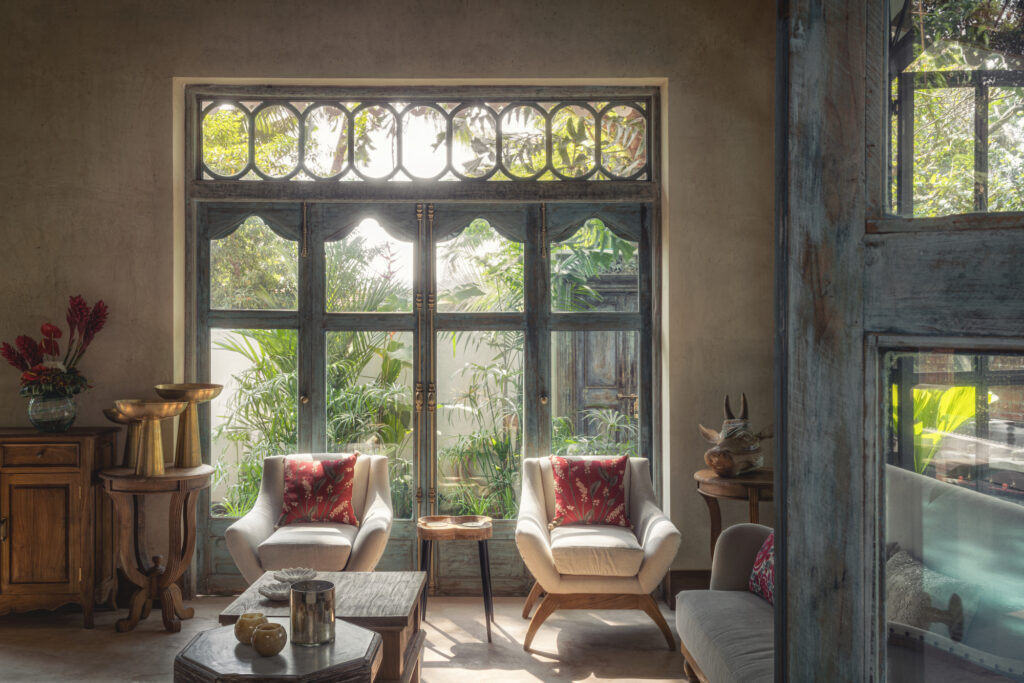Restoration architect Rochelle Santimano gave the tumbledown structure a second life with thoughtful interventions that honour its heritage
Goa-based architect Rochelle Santimano believes in reincarnation, but the kind that involves places, not people. “There’s something about bringing beautiful Goan structures back to life; it’s like unlocking a piece of forgotten history,” says Santimano, who runs Studio Praia, an architecture firm that specialises in heritage restoration in the coastal Indian state of Goa.
In Goa, no two heritage properties are alike. But there’s one thing that unites them; they’re all wonderfully time-worn. No exception is her latest project, Shiori – a Japanese restaurant in the Goan village of Siolim. When she took up the design reins, the structure, formerly a hardware store, had outlived its 132-year-old walls. It was up to her to put it into its next avatar.


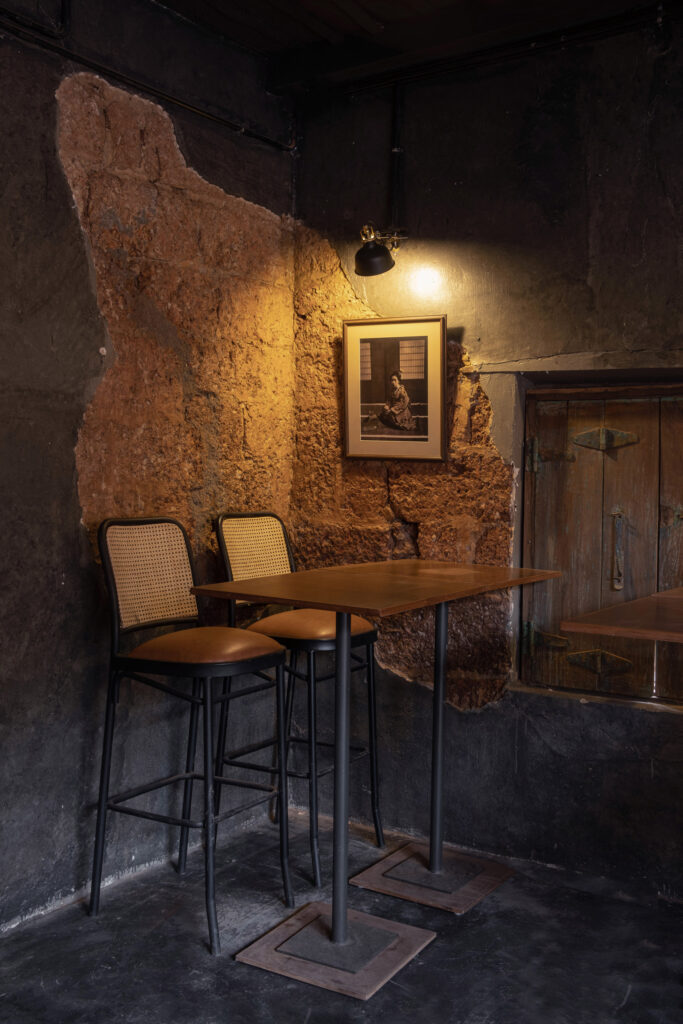
In Santimano’s eyes, bringing the structure back to its former glory meant reversing time. Its past life as a store had tired its bones, and it was necessary, she deemed, to remove that layer of history before starting afresh. “After assessing the site and documenting it through photographs and drawings, we decided to empty the shell to allow us to reconnect with the spirit of the space,” avers the architect, whose team also included interior designer Allison Joseph. Many discoveries followed, chief among them cracked walls, a blemished roof structure, and doors, windows and grills nicked beyond repair. Nothing, it seemed, was perfect. Yet, everything was. “They all lent to its unique character and I knew in those moments that these were the hallmarks worth preserving.”
For a shell so raw, the material palette had to be equally so. A cavalcade of Stygian concepts followed. These included dark plastered walls (some partially exposed), distressed-down door and window frames, natural grain teak furniture and charcoal-coloured cement oxide floors. Given that they were load-bearing and fashioned mostly out of mud and laterite stone, the walls couldn’t be eliminated. Which meant Santimano had to retrofit the programme into the rooms available. And so she did, transforming the former billing area into a bar; the sometime storage space into a dining realm; and a third miscellaneous zone into a collective universe for the sushi counter, washrooms and kitchen. She also added a 15-foot street-facing dining counter in what was once the verandah to take advantage of the large frontage.
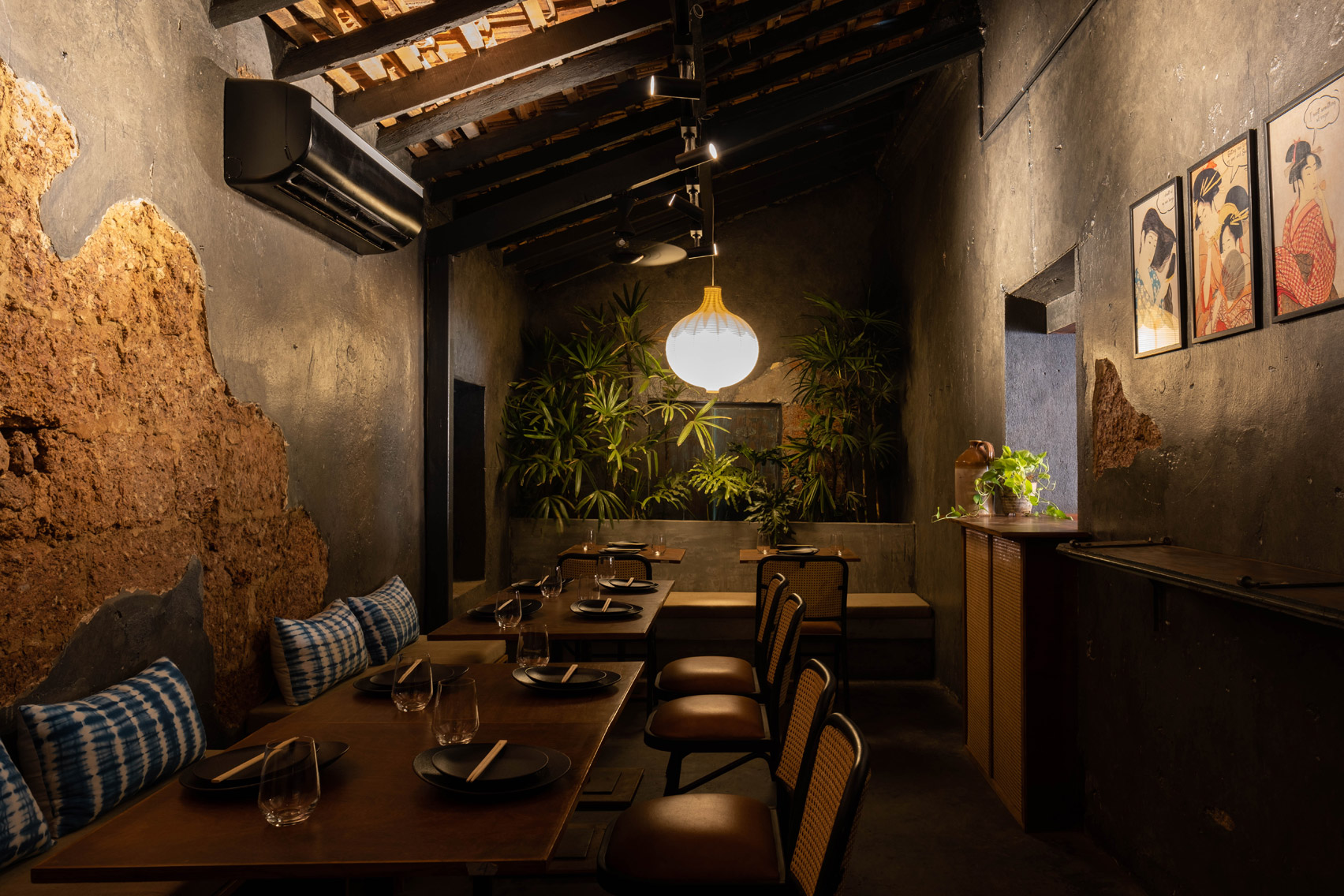
With some old came some new. While preserving the integrity and bones of the structure, Santimano also introduced contemporary flourishes in the way of lights, decor, furniture, art and plants. “The intent was to allow this foreign idea of a Japanese bar to meld with the design language of the quintessentially Goan village neighbourhood,” she explains.
The intent was to allow this foreign idea of a Japanese bar to meld with the design language of the quintessentially Goan village neighbourhood
Rochelle Santimano, founder, Studio Praia
She took inspiration from the land of the rising sun in other ways too. The 15-foot light fixture suspended over the length of the bar is a particular case in point. “Across Japan, you will observe beautiful curtain-like fabrics called noren hanging in front of traditional restaurants, izakaya bars, tea and seaweed shops. That was our point of departure for the design,” says Santimano of the diaphanous luminaire. In the same vein, the room dividers and Shibori cushions nod to traditional Japanese textiles.

For this project and those before it, Santimano didn’t have to look far for inspiration. “Goa’s distinct culture, architecture, history, traditions, crafts, and above all, people, make it what it is. Whether it’s walking down the streets of São Tomé and observing the typography on the old signages, buying terracotta dishes and cane baskets from local craftsmen at Mapusa market, going for Sunday mass to a church built centuries ago, visiting a dimly lit taverna for a drink, or simply riding through an untouched village in South Goa and finding an unexpected but deeply fascinating window detail, inspiration for me exists at every corner,” she enthuses.

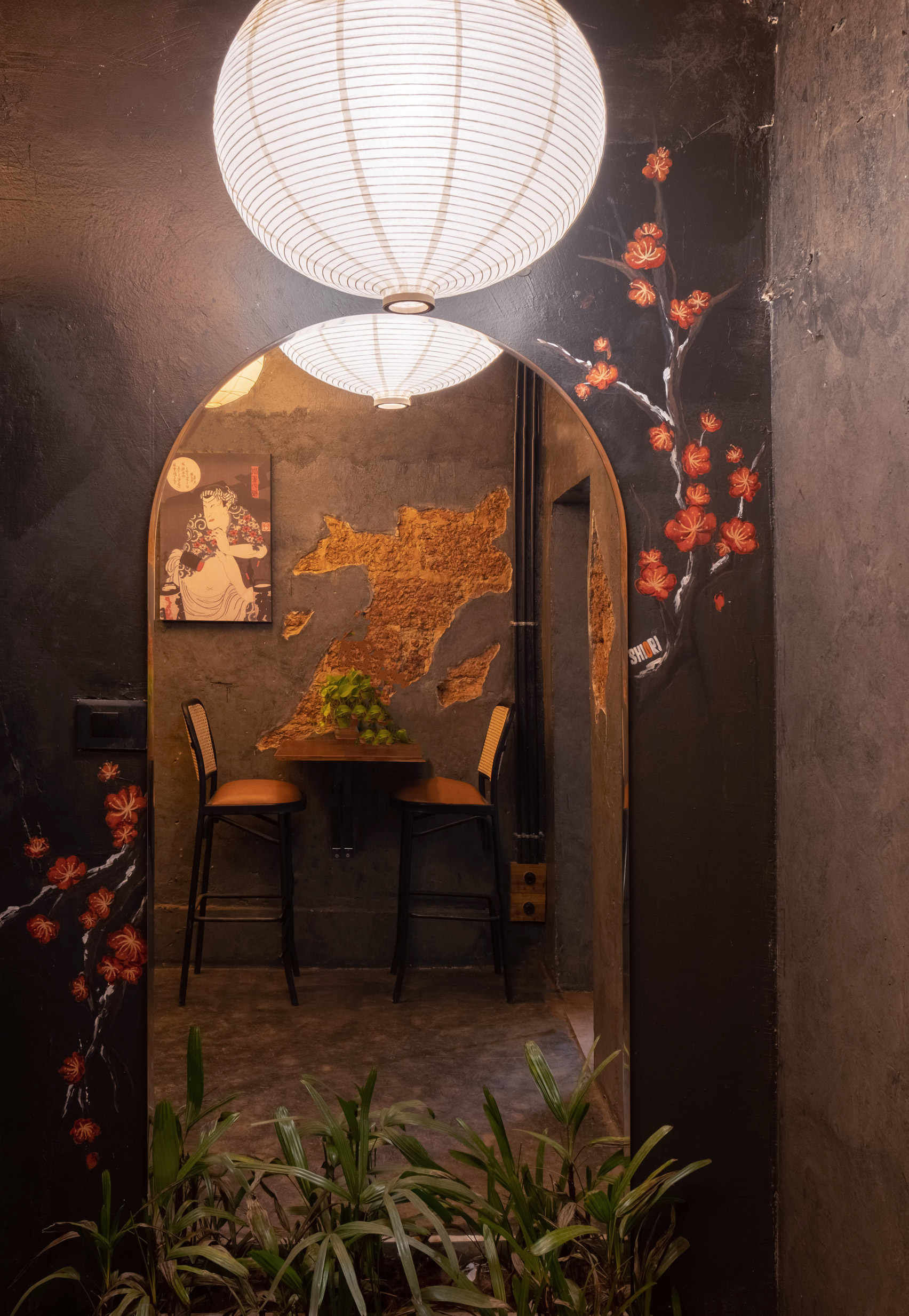
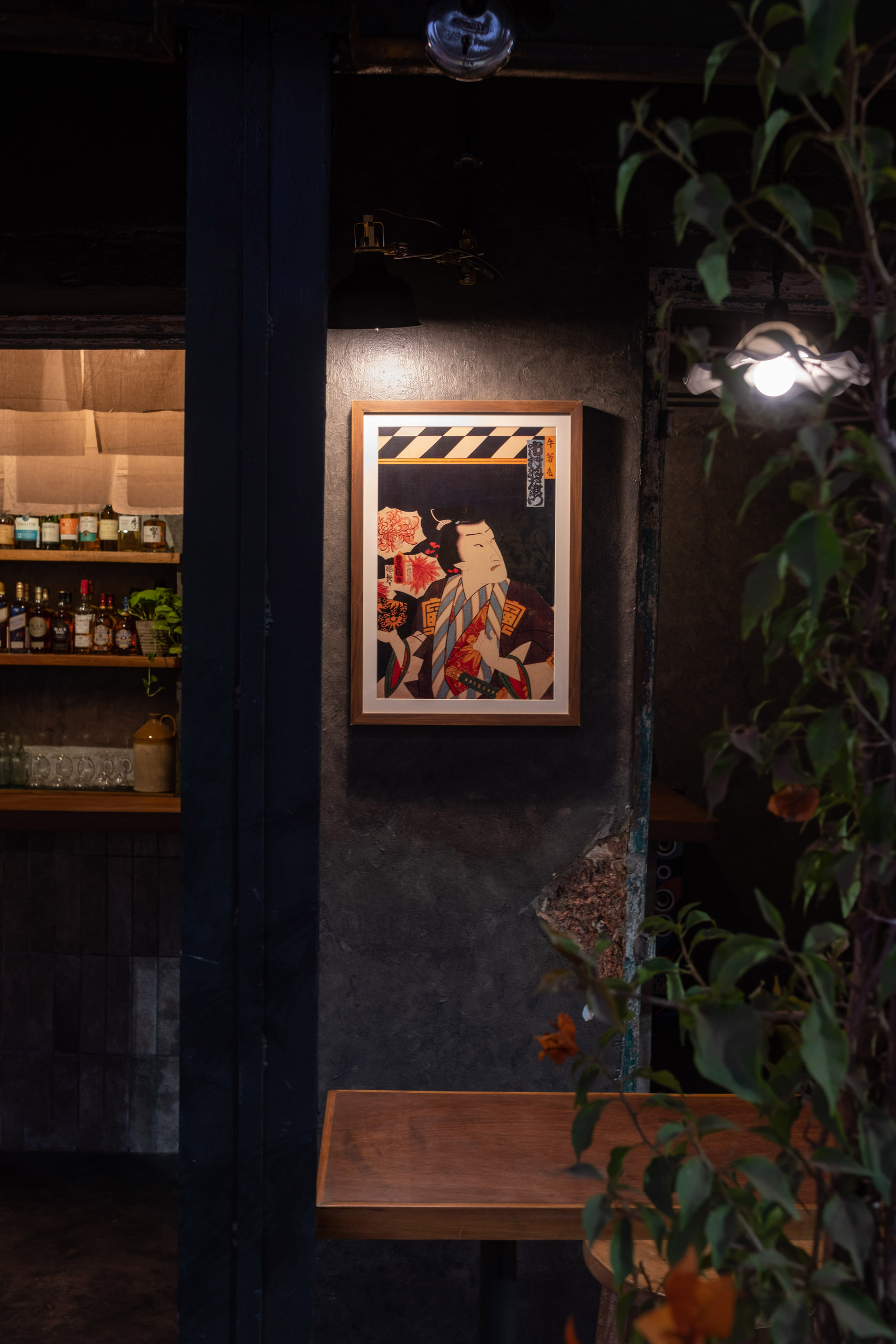
Her ethos is rooted in sustainability, yes, but also in a desire to tailor a unique solution for each space, ensuring it is functionally sound, structurally intact and aesthetically cohesive with the original design. “I try to balance old and new, rustic and modern, local and global. It’s like being the second author of an incomplete book—one that still has many chapters to go,” she finishes.
Read more: Interior Designers I Interiors | Architecture | Design | India | Asian Design | Restaurants




